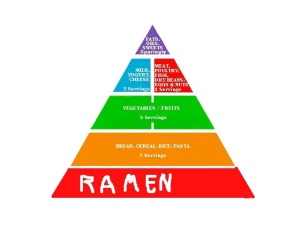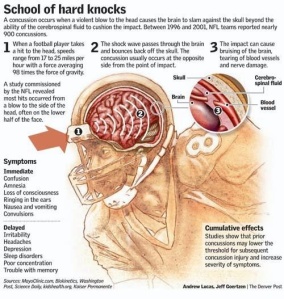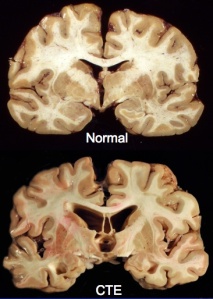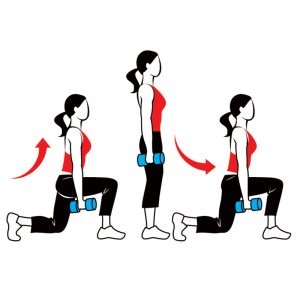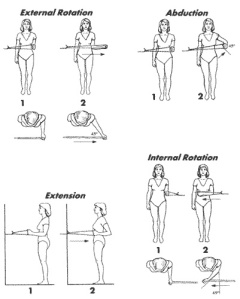With the nice warm weather that we have had these past few days, you may think that nothing can ruin it for people. Unfortunately, with warm spring weather comes allergy season, and this allergy season is predicted to be worse than average this year due to the climate change. Allergy season usually starts around March 17th, but because of the weather the season has started later. The start of allergy season is correlated with the onset of pollen and mold. Although the season has really just started within the last week and a half and the airborne pollen count is still relatively low, some people who suffer from allergies are already showing severe symptoms already.
So what really is to blame for the allergy season being worse than usual this year? The answer: the climate change. Our planet has been becoming increasingly warmer and this has a large effect on when our seasons end. As Earth has become warmer, it has brought an early spring, late-ending fall, and all of this combined with lots of rain and snow (1). There has also been historically high levels of carbon dioxide in our air. The historically high carbon dioxide levels combined with the increasingly warmer Earth has created a perfect environment for the trees and plants that make pollen. This perfect environment for the trees and plants has encouraged fungal growth and for the plants to release their spores. So due to this reason that is why this year’s allergy season is predicted to be the worst one yet, and it’s all due to the climate change.
Global warming has a more profound effect in allergy season across our nation. In areas that are extremely hot and are in a drought, the dust will worsen air pollution which will exacerbate asthma and other respiratory diseases (1). Poison ivy thrives in areas that have high carbon dioxide levels, so in these regions it is expected that the poison ivy oil will be more potent than prior years (1). The climate change will also affect the insect population, and possibly making their stings and bites more potent and fatal to those who are sensitive to them (1).
According to the Center for Disease Control and Prevention, allergies are the sixth leading cause of chronic disease in the United States, and an estimated 50 million Americans suffer from allergies nationwide (1). Out of the 50 million Americans that suffer from allergies, about 20 million of those Americans suffer from asthma. Asthma has actually been increasing across the globe, and experts attribute this to the Earth’s climate change.
So what can these 50 million Americans do to prevent their allergies from becoming out of control? Experts recommend that people suffering from allergies should try to spend a lot of time inside, especially around noon time. People who suffer from allergies should not wait for their allergy symptoms to arise before starting their allergy medication. Allergy medication should be taken regularly, and your allergy symptoms don’t need to be present for you to take it (1). It has also been recommended to shower at night and change your clothes regularly for those who are very sensitive to allergens (1).
I hope that this article has opened your eyes to the impact of allergies, and how something like climate change can severely affect them!
Sources:
(1)http://www.huffingtonpost.com/2013/03/31/2013-allergy-season-could_n_2989655.html


